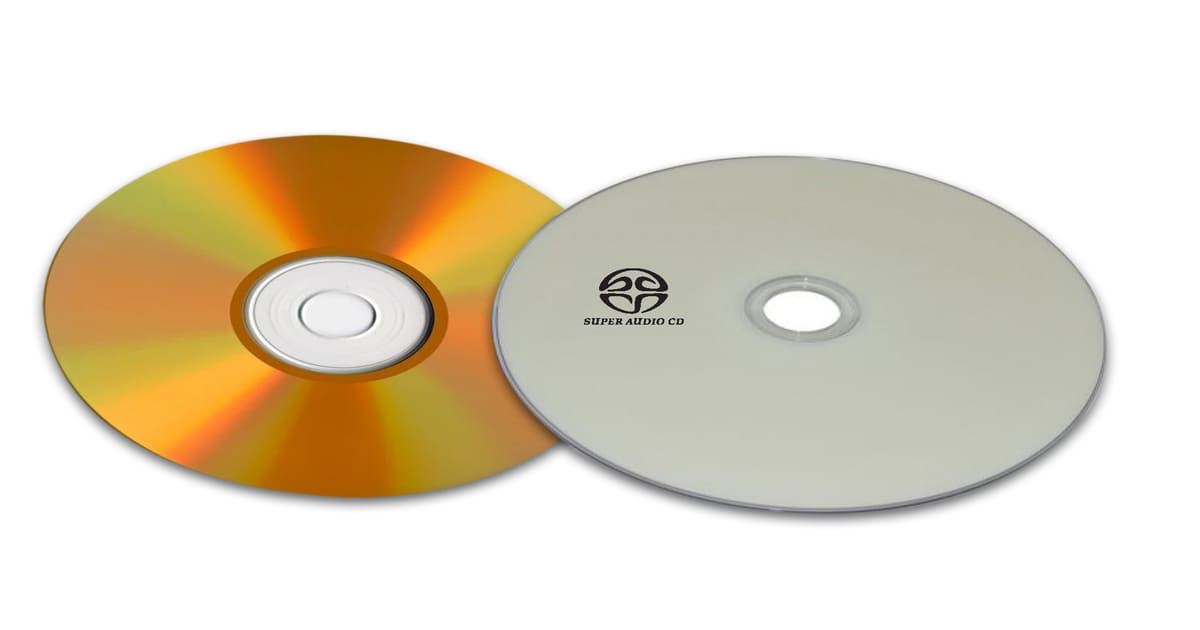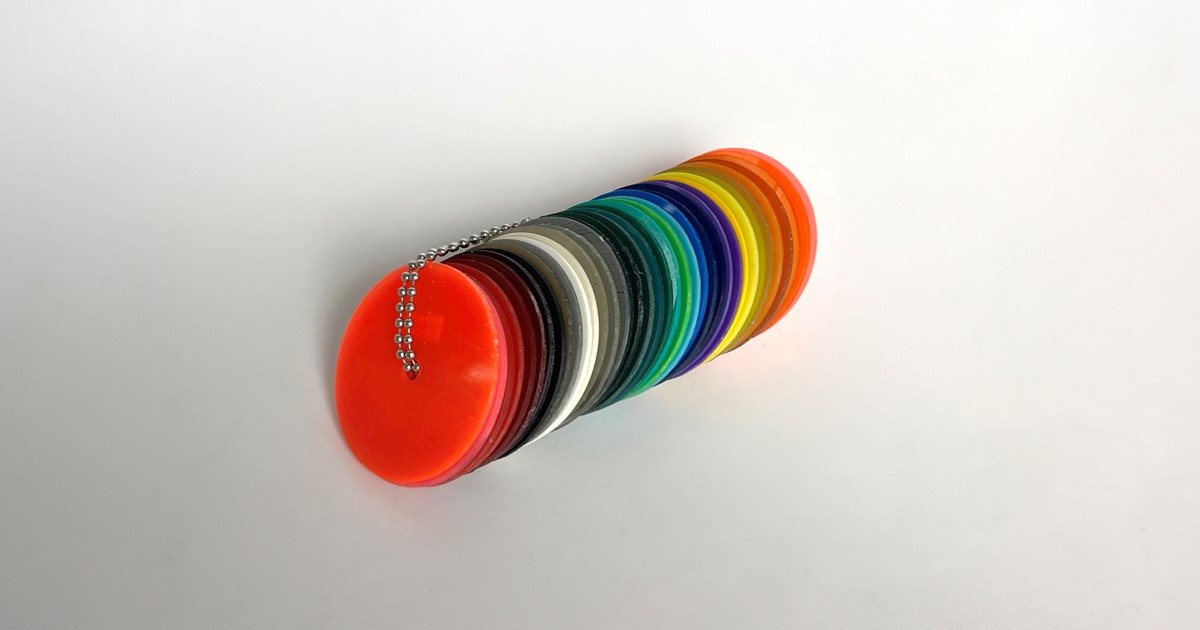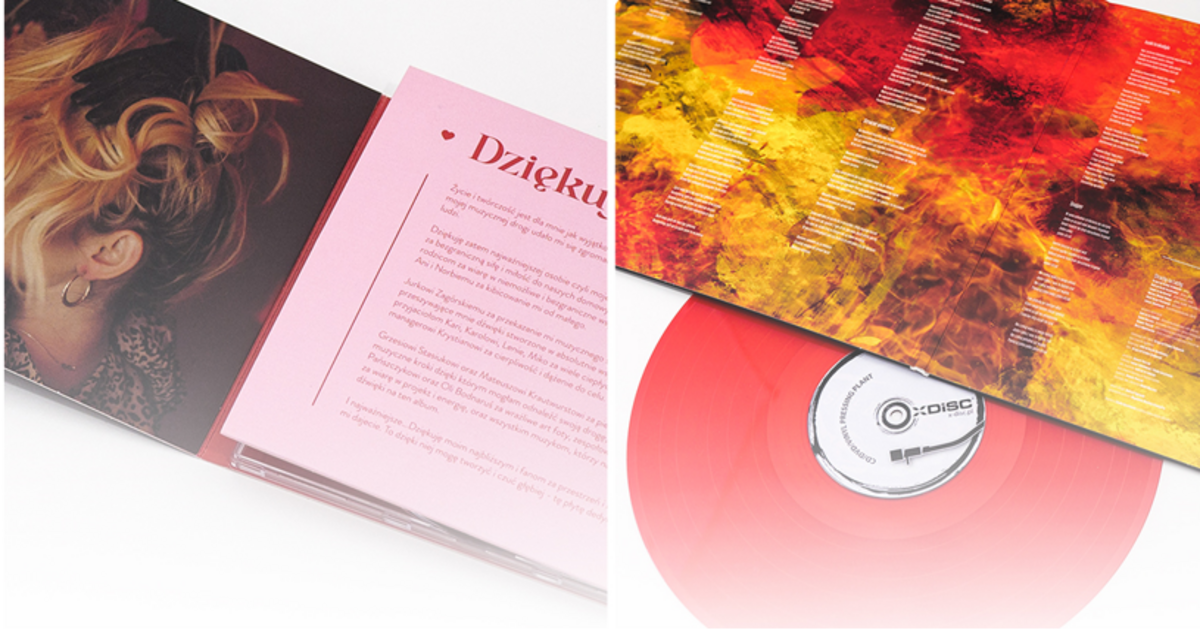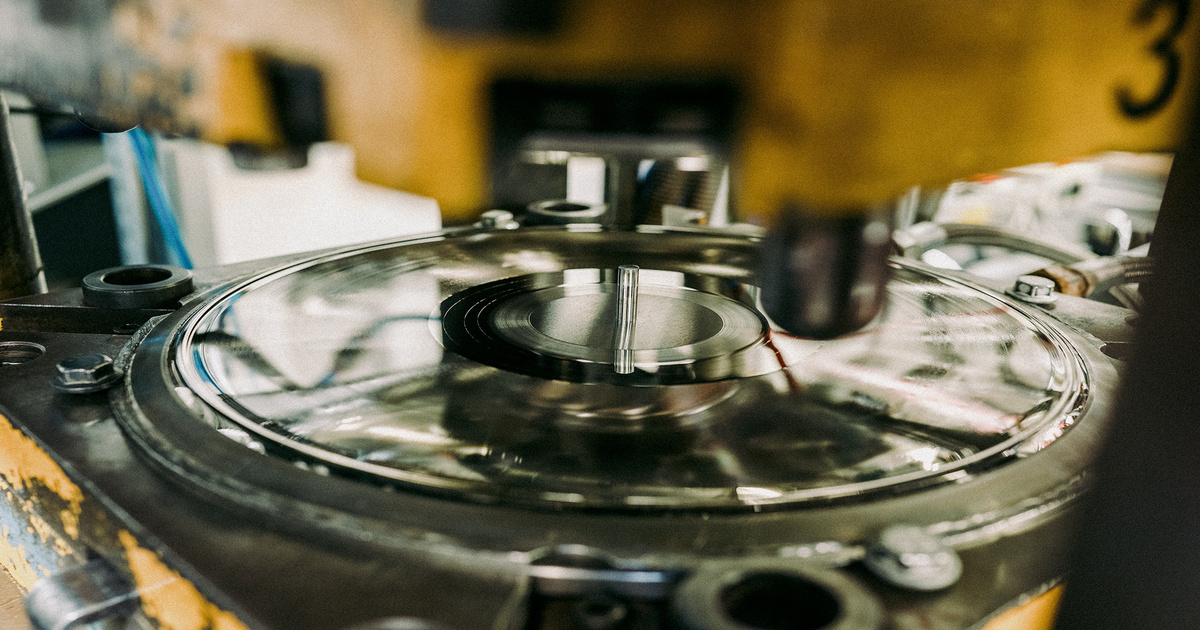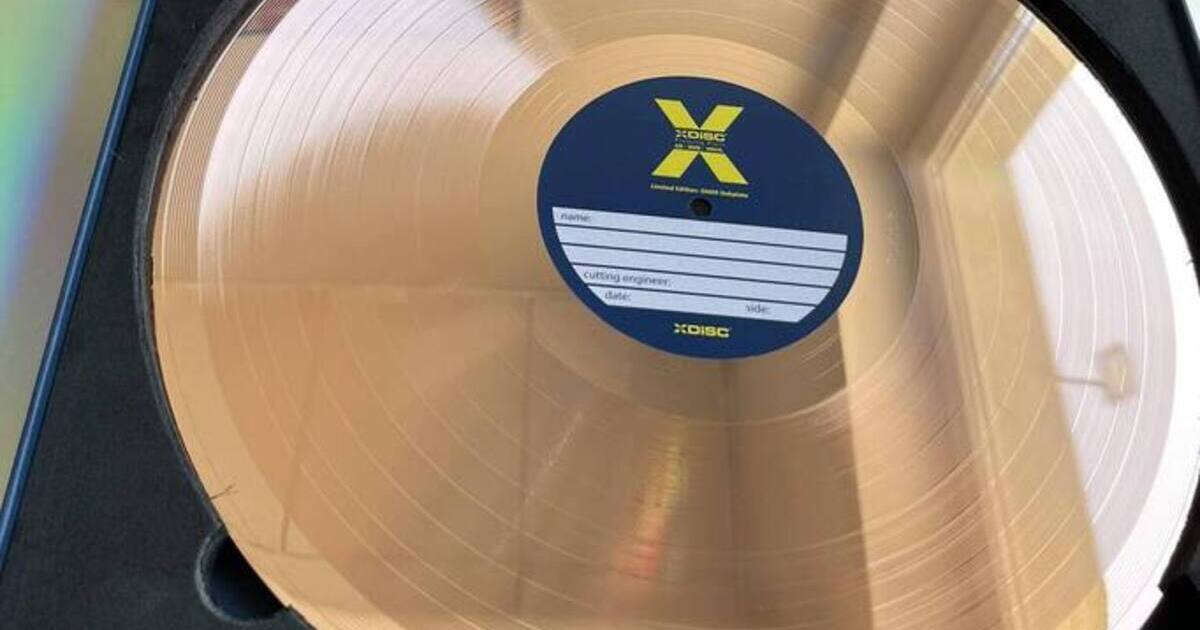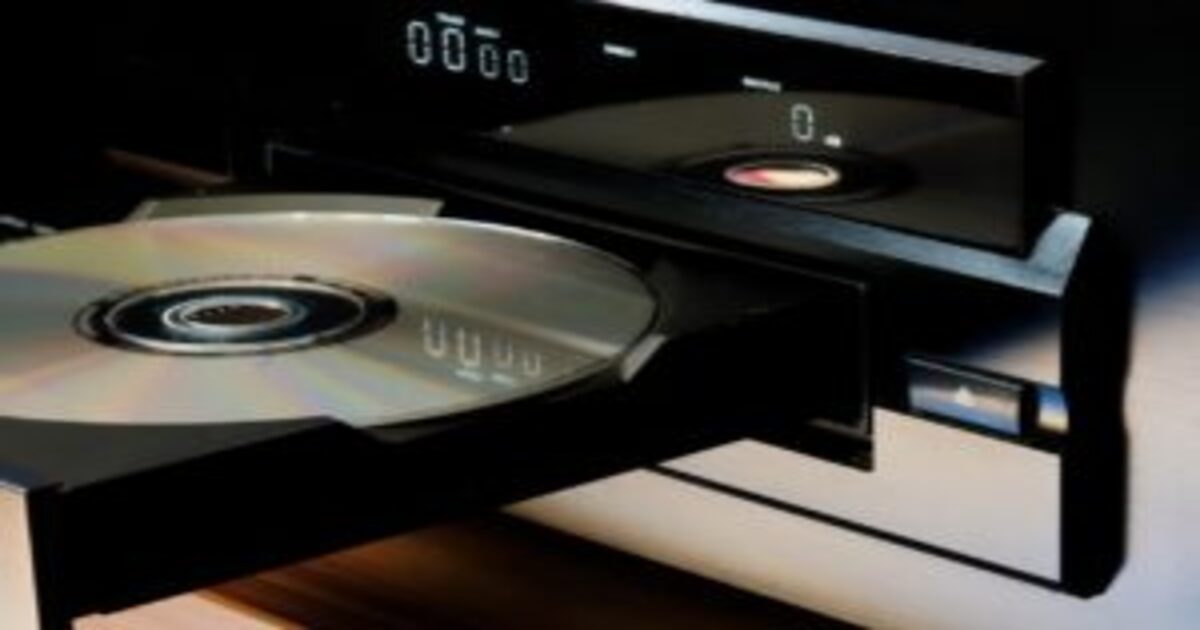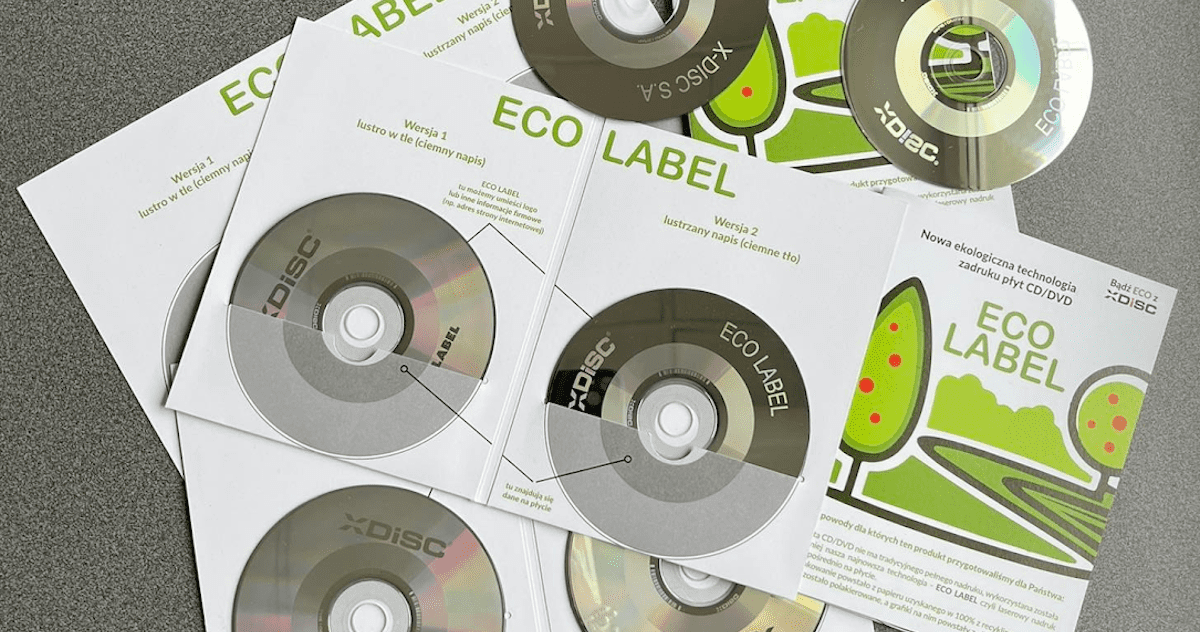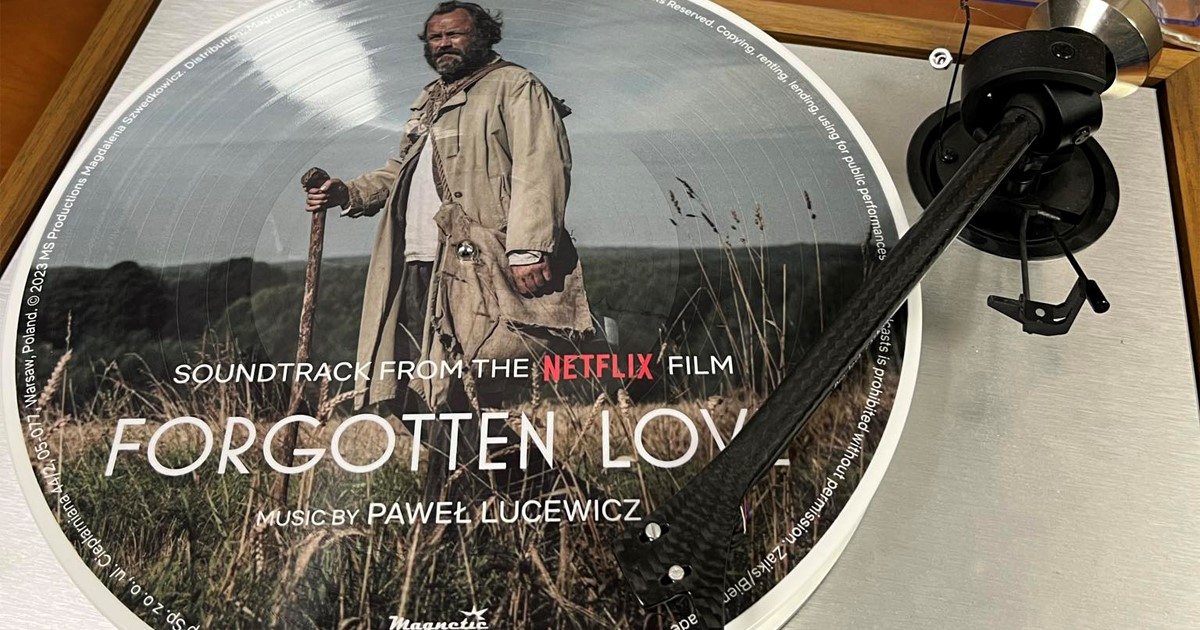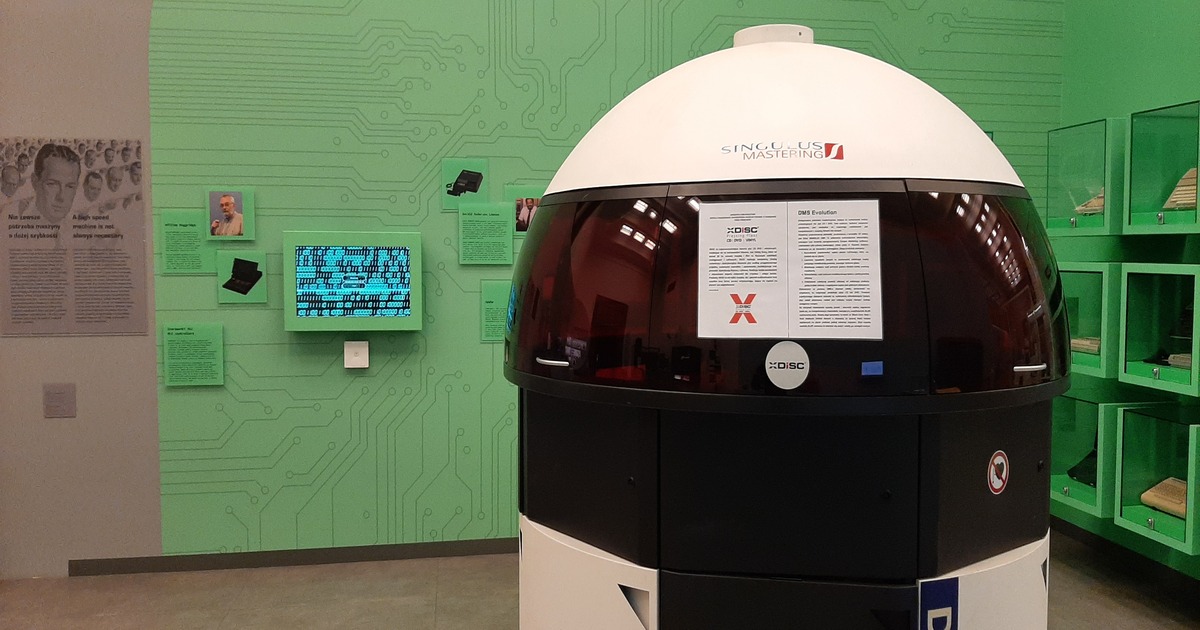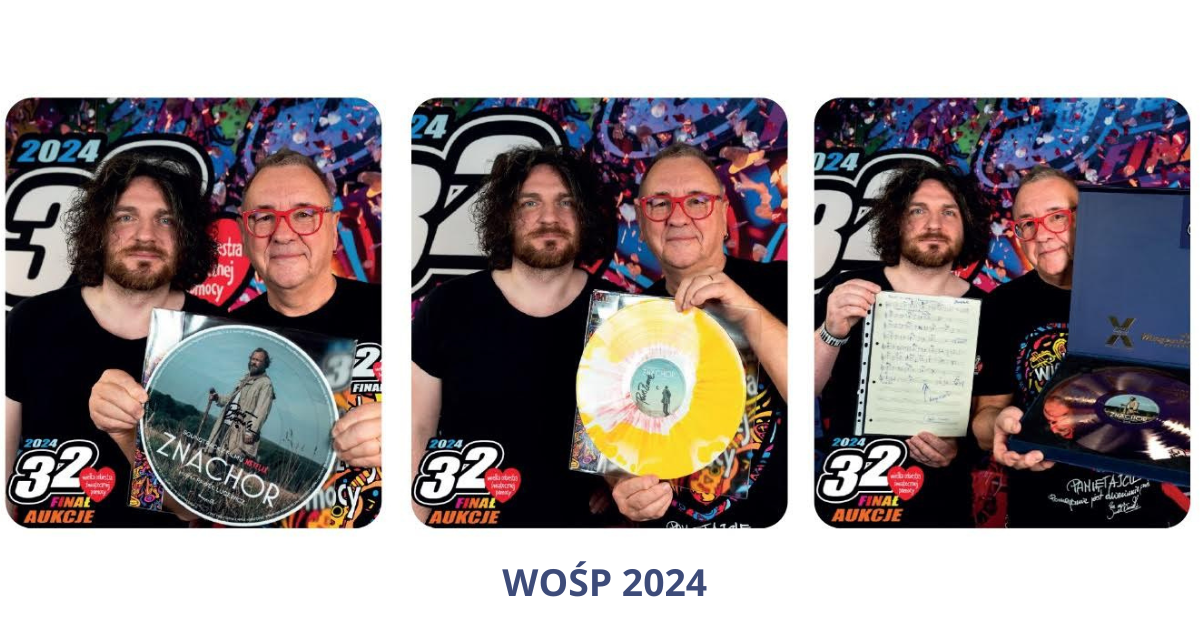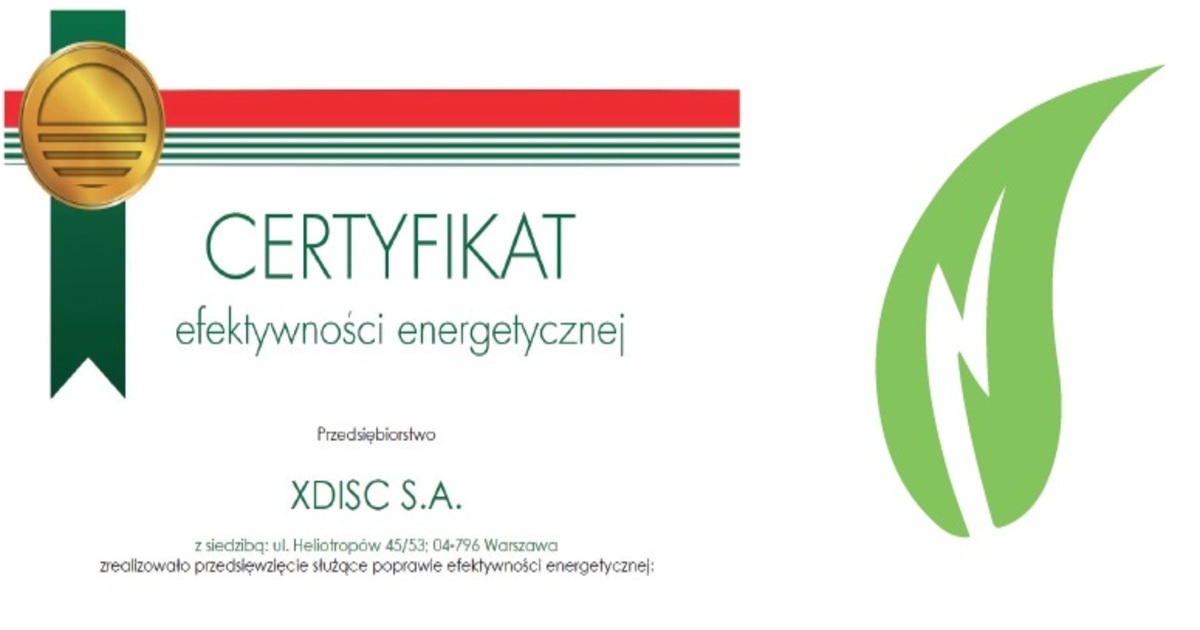The vinyl record may be less convenient than streaming, but the sound quality more than compensates for any inconveniences. Despite higher production costs, the popularity of vinyl has been steadily growing for years. Many artists choose to release their material on vinyl, making it easier to prepare limited, collector’s editions for fans.
Why are vinyl records more expensive?
Producing a vinyl edition costs more than releasing the same material on CDs. However, the intricate vinyl pressing process allows for higher sound quality. The cost of production also rises because vinyl material requires special preparation — the same files used for CD pressing should not be used for vinyl records. Additionally, at XDiSC, you can commission authoring and mastering, ensuring the highest sound quality.
How are vinyl records pressed?
Vinyl records are currently produced using efficient, modern presses, but the process remains similar to the past. A matrix, created from the artist’s provided material, serves as a template for all pressed vinyl records. XDiSC employs two technologies: Lacquer Acetate and DMM.
In the DMM technology, the matrix is directly created on a copper plate, while in the acetate method, a layer of silver is added to the acetate. Both plates sound practically the same, but the difference lies in the recording length — DMM can accommodate up to 25 minutes of music, while Acetate matrices are limited to 18 minutes.
What makes vinyl sound better?
Vinyl records are known for their deeper and fuller sound. This is because, during vinyl pressing, the sound is not compressed to the same extent as with CDs or streaming. It’s essential to note that vinyl requires proper handling- while durable, vinyl records should be stored correctly and regularly cleaned of dust.
